Home>diy>Building & Construction>What Is A Crane In Construction
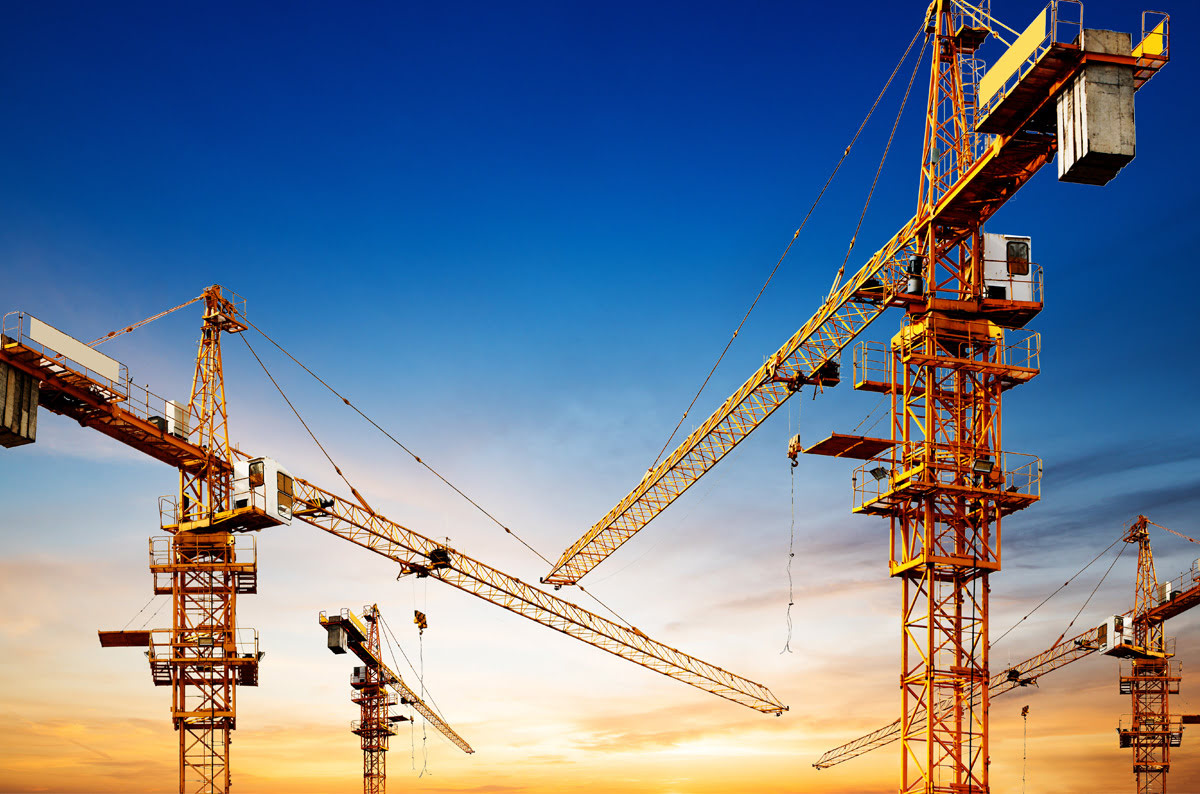

Building & Construction
What Is A Crane In Construction
Modified: January 9, 2024
Discover what a crane is in the context of building construction and how it aids in lifting and moving heavy materials on construction sites.
(Many of the links in this article redirect to a specific reviewed product. Your purchase of these products through affiliate links helps to generate commission for Storables.com, at no extra cost. Learn more)
Introduction
In the world of construction, cranes play a pivotal role in lifting and moving heavy objects, making the construction process more efficient and safer. These towering machines have become an icon of the construction industry, appearing on skylines as a symbol of progress and development. But what exactly is a crane, and how does it work?
A crane is a type of heavy machinery used in construction projects to lift and transport materials, equipment, and even workers to different heights and locations. It consists of a long, vertical mast or tower that is supported by a sturdy base. At the top of the mast, there is a horizontal boom that can be extended or retracted, and a hook or other lifting mechanism attached to it. Cranes are designed to have a high lifting capacity and incredible stability to handle the immense weights involved in construction.
There are several different types of cranes used in construction, each with its own unique features and capabilities. The type of crane used depends on the specific requirements of the project, such as the weight and size of the load, the height and reach needed, and the terrain and site conditions. Let’s explore some of the most commonly used cranes in the construction industry:
Key Takeaways:
- Cranes are essential in construction, providing the ability to lift heavy materials, assist in high-rise projects, and streamline logistics, contributing to efficiency and safety in the industry.
- Understanding crane components, adhering to safety measures, and knowing lifting capacities are crucial for safe and efficient crane operations, fostering a culture of safety within the construction industry.
Read more: How Are Construction Cranes Assembled
Definition of a Crane
A crane is a mechanical device that is used to lift, lower, and move heavy objects horizontally. It is commonly comprised of a hoist, wire ropes or chains, and sheaves, which together allow for efficient and controlled movement of loads. The crane’s design and components enable it to handle and transport materials that would otherwise be impossible for human workers to lift manually.
Crane operators control the movement of the crane using a variety of controls and mechanisms, allowing for precise positioning and operation. The lifting capacity of a crane varies depending on its size and configuration, with larger cranes capable of lifting several tons of weight. The versatility of cranes makes them an essential tool in construction projects, providing the ability to lift heavy materials to various heights and distances.
Crane operators undergo specialized training and certification to ensure the safe and efficient operation of these powerful machines. They are responsible for inspecting the crane and its components before use, following proper operating procedures, and adhering to safety regulations to prevent accidents and ensure the well-being of both workers and the surrounding environment.
Overall, a crane is a critical piece of equipment in the construction industry. Its ability to lift and move heavy objects with precision and efficiency makes it an indispensable asset for completing projects successfully. Whether on a construction site or in other industries such as manufacturing or shipping, a crane remains a vital tool for handling heavy loads with ease and enhancing overall productivity.
Types of Cranes Used in Construction
There are several types of cranes used in construction, each designed for specific applications and environments. Understanding the different types of cranes will help determine the most suitable one for a particular construction project. Here are some common types of cranes used in the construction industry:
- Mobile Cranes: These are versatile cranes mounted on wheeled vehicles, allowing for easy transportation and quick setup on construction sites. Mobile cranes are equipped with an extendable boom and are commonly used for lifting heavy loads in various construction projects.
- Tower Cranes: Tower cranes are known for their height and lifting capacity, making them ideal for tall buildings and high-rise construction. They are erected on site and often have a horizontal jib that can rotate 360 degrees, providing a wide range of coverage.
- Crawler Cranes: These cranes are equipped with tracks instead of wheels, providing excellent stability and maneuverability on uneven terrain. Crawler cranes are often used in heavy-duty applications, such as bridge construction and infrastructure projects.
- Floating Cranes: As the name suggests, floating cranes are mounted on barges or vessels and are commonly used in marine-based construction projects, such as port development and offshore operations. These cranes are capable of lifting and moving heavy loads over water.
- Loader Cranes: Also known as knuckle boom cranes, loader cranes are mounted on trucks and have a folding arm with multiple joints. They are used for loading and unloading materials on a construction site, such as moving pallets or containers.
- Overhead Cranes: Overhead cranes are typically used in industrial settings, such as manufacturing plants and warehouses. They consist of a bridge that runs along tracks on the ceiling, allowing for precise movement and lifting of heavy objects within a designated area.
Each type of crane has its own advantages and limitations, depending on the specific requirements of a construction project. Factors such as lifting capacity, reach, mobility, and terrain conditions should be carefully considered when selecting the most suitable crane for a particular job. By choosing the right crane for the task at hand, construction professionals can ensure the safe and efficient completion of their projects.
Mobile Cranes
Mobile cranes are a popular choice in the construction industry due to their versatility and ease of transportation. These cranes are mounted on wheeled vehicles, allowing them to be easily moved from one location to another on a construction site. They offer a wide range of lifting capabilities and are suitable for various types of construction projects. Let’s explore some key features and uses of mobile cranes:
Types of Mobile Cranes: There are different types of mobile cranes, each designed for specific lifting tasks. Some common types include:
- All-Terrain Cranes: These cranes are designed for off-road use and can travel on rough terrain. They are equipped with multiple axles and large tires to provide stability and maneuverability.
- Rough Terrain Cranes: These cranes have a compact design and are built for navigating on rough and uneven ground. They are commonly used in construction projects with challenging terrains.
- Truck-Mounted Cranes: These cranes are mounted on trucks, allowing for easy transportation between different job sites. They are popular in applications requiring frequent movement or multiple lifting locations.
- Crawler Cranes: Although crawler cranes were mentioned earlier, they can also be considered a type of mobile crane. They are equipped with tracks for stability and can move efficiently over various terrains.
Benefits of Mobile Cranes: Mobile cranes offer several advantages that make them a preferred choice for construction projects:
- Flexibility and Mobility: Mobile cranes can be quickly moved and set up on different parts of a construction site, providing flexibility in lifting operations.
- High Lifting Capacity: Mobile cranes are designed to handle heavy loads, with some models capable of lifting several tons of weight.
- Quick Assembly and Disassembly: These cranes are designed for rapid setup and take-down, minimizing downtime and improving project efficiency.
- Adaptability to Various Environments: Mobile cranes can operate in different types of environments, including urban areas, remote locations, and rough terrains.
- Cost-Effective Solution: Compared to larger and more specialized cranes, mobile cranes offer a cost-effective lifting solution for a wide range of construction projects.
Applications of Mobile Cranes: Mobile cranes are utilized in various construction tasks, such as:
- Building Construction: Mobile cranes are commonly used in the erection of structural elements, such as steel beams, precast concrete panels, and roofing materials.
- Infrastructure Development: These cranes are essential for projects involving bridges, highways, tunnels, and other large-scale infrastructure developments.
- Utility Maintenance: Mobile cranes are often used to assist in utility maintenance tasks, such as repairing transmission lines and lifting heavy equipment.
- Landscaping and Tree Removal: Mobile cranes are utilized in tree removal operations and landscaping projects that require the lifting and moving of heavy trees and materials.
Mobile cranes have revolutionized the construction industry by providing mobility, versatility, and significant lifting capabilities. Their ability to navigate various terrains and perform a wide range of lifting tasks makes them an essential tool for construction professionals. By using mobile cranes effectively, construction projects can be completed safely, efficiently, and within budget.
Tower Cranes
Tower cranes are towering giants on construction sites, known for their exceptional height and lifting capabilities. These cranes are a common sight in the skyline of urban areas, especially during high-rise building constructions. Tower cranes offer unique features that make them indispensable in large-scale construction projects. Let’s delve into the key characteristics and applications of tower cranes:
Design and Functionality: Tower cranes are typically freestanding structures with a vertical mast or tower that is firmly anchored to the ground. The mast provides stability and support for the horizontal jib or boom, which can extend horizontally and rotate 360 degrees. The jib is equipped with a trolley system that moves along the length of the boom, allowing the crane to reach different areas of the construction site.
Height and Lifting Capacity: Tower cranes are renowned for their remarkable height, which enables them to lift and transport massive loads to great heights. Some tower cranes can reach up to several hundred feet, making them suitable for high-rise constructions. They have an impressive lifting capacity, with some models capable of hoisting tens of tons of materials with ease.
Advantages of Tower Cranes: Tower cranes offer several advantages that make them indispensable in the construction industry:
- High Lifting Capacity: Tower cranes are designed to handle heavy loads, making them ideal for lifting large prefabricated components, steel beams, and other heavy construction materials.
- Wide Coverage: The 360-degree rotation of the jib provides a wide coverage area, allowing the crane operator to lift and transport materials to different sections of the construction site.
- Height and Reach: Tower cranes can reach great heights, making them suitable for tall buildings and structures. Their height enables construction workers to access higher levels of the project without the need for additional equipment.
- Safety and Stability: Tower cranes are designed with stability in mind, with strong anchoring systems and counterweights to minimize the risk of tipping or collapsing. This ensures the safety of workers and the surrounding environment.
- Efficiency and Productivity: Tower cranes have fast lifting cycles and can move heavy loads quickly and precisely. Their ability to operate at high elevations increases productivity and accelerates the construction timeline.
Applications of Tower Cranes: Tower cranes are predominantly used in high-rise building construction, but they are also utilized in various other construction projects:
- Skyscrapers and High-Rise Buildings: Tower cranes play a crucial role in the construction of tall buildings, facilitating the lifting and placement of heavy structural components at great heights.
- Large-Scale Projects: Tower cranes are often employed in infrastructure projects, such as bridges, stadiums, and airports, where heavy lifting capabilities and reach are imperative.
- Urban Construction: Tower cranes are especially suited for construction in densely populated urban areas, as they can be erected within confined spaces and reach over existing structures.
- Facade Installation: Tower cranes are used for the precise installation of glass panels, curtain walls, and other architectural facades.
Tower cranes are vital assets in the construction industry, providing the necessary reach, lifting capacity, and stability for demanding projects. Their towering presence on construction sites exemplifies technological advancements and signifies progress in urban development. By harnessing the power of tower cranes, construction professionals can efficiently and safely build remarkable structures that shape the skyline of modern cities.
Read more: How Construction Cranes Are Assembled
Crawler Cranes
Crawler cranes are powerful machines that are widely utilized in construction projects, particularly in situations where stability and mobility on uneven terrain are essential. These cranes are equipped with tracks rather than wheels, enabling them to traverse rough ground and maintain stability while lifting heavy loads. Let’s explore the key features and applications of crawler cranes:
Stability and Maneuverability: Crawler cranes are designed with a wide and robust undercarriage featuring tracks that evenly distribute the weight of the crane, ensuring enhanced stability on various terrains. This design also allows crawler cranes to maneuver efficiently and overcome obstacles encountered on construction sites.
Lifting Capacity: Crawler cranes are renowned for their substantial lifting capacities, capable of hoisting remarkably heavy loads. They are equipped with telescopic booms that can extend to varying lengths, making them suitable for diverse lifting requirements.
Flexibility in Movement: The tracks on crawler cranes offer excellent mobility, allowing them to move smoothly on challenging terrains, such as muddy ground, uneven surfaces, and steep inclines. Their ability to navigate through rough terrain makes them a reliable choice in construction projects taking place in remote locations or areas with challenging accessibility.
Advantages of Crawler Cranes: Crawler cranes offer numerous advantages that make them indispensable in the construction industry:
- Stability: The wide base and low center of gravity of crawler cranes provide exceptional stability, making them suitable for lifting heavy loads in situations where stability is critical.
- Maneuverability: Crawler cranes excel in navigating through difficult terrains, such as mud, gravel, and rough surfaces, where wheeled cranes would face challenges.
- Heavy Lifting: With their exceptional lifting capacities, crawler cranes are the go-to choice for projects that involve lifting large and heavy objects, such as concrete panels, steel trusses, and machinery.
- Accessibility: Crawler cranes offer access to remote and challenging construction sites, ensuring that heavy lifting capabilities can be deployed even in the most demanding environments.
- Long Reach: The telescopic boom of crawler cranes allows for extended reach, making them useful in construction projects that require materials to be lifted to considerable heights or distances.
Applications of Crawler Cranes: Crawler cranes find wide use in a variety of construction projects, including:
- Bridge Construction: Crawler cranes are essential in bridge construction, where stability and maneuverability are crucial for lifting heavy components and placing them accurately.
- Wind Turbine Installation: Crawler cranes are commonly employed in the installation of wind turbines, as they can navigate challenging terrain and lift large turbine components to the necessary heights.
- Offshore Projects: Crawler cranes are used in offshore construction projects, such as oil rig assembly, where their stability and ability to traverse uneven platforms are vital.
- Mine Operations: Crawler cranes are utilized in mining operations to lift and move heavy materials and equipment in demanding conditions.
- Demolition: Crawler cranes play a role in demolition projects by safely dismantling structures and removing heavy debris.
Crawler cranes provide the necessary strength, stability, and mobility to handle demanding lifting tasks in construction projects. Their ability to maneuver on challenging terrains and lift heavy loads make them an invaluable asset in various industries. By utilizing crawler cranes effectively, construction professionals can ensure safe and efficient lifting operations, even in the harshest environments.
Floating Cranes
Floating cranes are specialized lifting machines that are mounted on barges or vessels, enabling them to perform lifting operations over water. These versatile cranes are commonly used in marine-based construction projects and port operations, where they provide unique lifting capabilities that cannot be achieved with land-based cranes. Let’s dive into the key features and applications of floating cranes:
Design and Structure: Floating cranes are built on floating platforms, such as barges or ships, which provide stability and buoyancy during lifting operations. The cranes are typically mounted on a rotating platform, allowing for a wide range of movement and access to different areas on the vessel.
Lifting Capacity: Floating cranes are engineered to handle heavy loads and have impressive lifting capacities. They are equipped with strong booms and hydraulic systems that enable them to lift and transport massive objects over water, such as containers, construction materials, and even other vessels.
Flexibility in Operation: Floating cranes offer flexibility in terms of mobility and reach. Due to their ability to navigate on water, they can access challenging or hard-to-reach locations, such as offshore platforms or areas with limited land accessibility.
Advantages of Floating Cranes: Floating cranes offer several advantages that make them an invaluable asset in marine-based construction projects:
- Access to Water-Based Projects: Floating cranes are specifically designed to operate on the water, allowing them to handle lifting operations in marine environments, such as port infrastructure construction, offshore installations, and shipyard operations.
- Increased Flexibility: The mobility of floating cranes enables them to easily move between different areas on the water, providing versatility in handling various lifting tasks.
- Large-Scale Lifting: Floating cranes are capable of lifting substantial loads, making them suitable for heavy-duty lifting operations, such as loading and unloading cargo ships and moving oversized objects in port facilities.
- Reduced Land-Based Infrastructure Requirements: Depending on the project, utilizing floating cranes can eliminate the need for extensive land-based infrastructure, as the cranes can directly access the areas where lifting is required.
- Increased Efficiency: Floating cranes offer efficient material handling by bringing the crane directly to the work area, reducing the time and effort required for transporting materials between land and water-based locations.
Applications of Floating Cranes: Floating cranes have a wide range of applications in marine-based construction projects and port operations:
- Port Development: Floating cranes are essential in constructing port facilities, such as container terminals, where they play a crucial role in loading and unloading cargo ships.
- Offshore Operations: Floating cranes are utilized in offshore projects, such as oil and gas exploration, where they are instrumental in lifting heavy equipment, installation of offshore structures, and maintenance operations.
- Bridge Construction: Floating cranes can be used to assist in the construction of bridges, especially when spanning over water bodies, by lifting and placing bridge sections with precision.
- Salvage and Wreck Removal: Floating cranes are employed in salvage operations, helping to lift and remove shipwrecks or sunken vessels from waterways.
- Emergency Response: Floating cranes can provide critical support in emergency situations, such as disaster response or recovery operations, by assisting with debris removal and infrastructure repairs.
Floating cranes play an essential role in marine-based construction projects, ports, and offshore operations. Their ability to operate on water and handle heavy lifting tasks make floating cranes indispensable in various industries. By utilizing floating cranes effectively, construction professionals can ensure efficient and safe lifting operations in water-based environments.
When operating a crane in construction, always ensure that the ground is stable and level to prevent tipping or accidents. Regularly inspect the crane for any signs of wear and tear to maintain safety.
Loader Cranes
Loader cranes, also known as knuckle boom cranes, are versatile lifting machines mounted on trucks or trailers. These cranes are designed for tasks that involve loading and unloading materials onto trucks or lifting and placing heavy objects in various locations. Loader cranes are known for their folding arms with multiple joints, which resemble a human arm with elbows. Let’s explore the key features and applications of loader cranes:
Articulating Arm Design: The defining characteristic of loader cranes is their knuckle boom or articulating arm design. This design allows the crane’s arm to fold and unfold, providing flexibility and maneuverability in lifting operations.
Lifting Capacity: Loader cranes have different lifting capacities depending on their size and specifications. They are capable of lifting heavy loads, ranging from a few hundred kilograms to several tons, making them ideal for various handling tasks.
Flexibility and Reach: The articulated arm of a loader crane provides excellent reach and access to confined areas, such as the bed of a truck or a construction site. The arm can extend and retract, enabling precise placement of materials in desired locations.
Advantages of Loader Cranes: Loader cranes offer several advantages that make them valuable in material handling operations:
- Efficient Loading and Unloading: Loader cranes simplify the process of loading and unloading materials onto trucks or trailers, reducing the need for additional equipment or manual labor.
- Compact Design: Loader cranes are relatively compact, allowing them to be mounted on trucks or trailers without significantly impacting the overall size and maneuverability of the vehicle.
- Maneuverability: Loader cranes mounted on trucks or trailers offer the advantage of mobility, allowing them to access different job sites or transport materials to various locations.
- Multiple Attachment Options: Loader cranes often come with various attachments, such as buckets, forks, or grabs, expanding their versatility and enabling them to handle different types of materials.
- Time and Labor Savings: Loader cranes accelerate the loading and unloading process, reducing time and labor costs associated with material handling tasks.
Applications of Loader Cranes: Loader cranes find use in a wide range of industries and applications, including but not limited to:
- Construction and Building: Loader cranes are employed in construction projects for lifting and placing materials, such as bricks, pipes, or pallets, onto rooftops or upper levels of buildings.
- Transportation and Logistics: Loader cranes facilitate the loading and unloading of cargo onto trucks or trailers, streamlining the logistics processes in warehouses, distribution centers, or freight yards.
- Landscaping and Tree Care: Loader cranes are used in landscaping projects for lifting and transporting heavy trees, planters, or other bulky objects to desired locations within the project area.
- Waste Management and Recycling: Loader cranes play a role in waste management and recycling operations by assisting in the loading and unloading of containers, bins, or recycling materials onto trucks or in processing facilities.
- Maintenance and Repair: Loader cranes support maintenance and repair tasks by lifting and placing heavy equipment or parts in workshops or job sites.
Loader cranes offer efficient and versatile solutions for material handling tasks, providing convenience and flexibility in various industries. Their ability to fold and unfold, combined with their lifting capacities, makes them invaluable for loading and unloading operations. By utilizing loader cranes effectively, businesses can enhance operational efficiency and streamline their material handling processes.
Overhead Cranes
Overhead cranes, also known as bridge cranes or gantry cranes, are specialized lifting machines typically used in industrial settings such as manufacturing plants, warehouses, and workshops. These cranes are designed to lift and move heavy objects within a designated area, utilizing an elevated bridge that runs along tracks on the ceiling. Let’s explore the key features and applications of overhead cranes:
Bridge Structure: The primary feature of an overhead crane is its bridge, which consists of a horizontal beam or girder that spans the width of the workspace. The bridge is supported by end trucks or gantries, allowing it to travel along tracks attached to the ceiling or supporting structure.
Hoist and Trolley System: Overhead cranes are equipped with a hoist and trolley system that runs along the bridge. The hoist is responsible for lifting and lowering the load, while the trolley moves horizontally along the bridge, providing precise placement of the load within the working area.
Lifting Capacity: Overhead cranes come in a range of sizes and lifting capacities. They are built to handle heavy loads, from a few hundred kilograms to several tons, depending on the specific requirements of the application.
Advantages of Overhead Cranes: Overhead cranes offer several advantages that make them invaluable in industrial environments:
- Maximized Use of Space: Overhead cranes operate in the vertical space, leaving the floor unobstructed and maximizing the available workspace for other operations.
- Efficient Material Handling: Overhead cranes enable efficient movement of heavy loads, reducing the time and effort required for manual handling and improving overall productivity.
- Flexibility and Precision: Overhead cranes offer precise control and placement of loads, allowing for accurate positioning of materials or equipment in the workspace.
- Increased Safety: Overhead cranes minimize the risk of accidents and injuries associated with manual lifting and handling, as the load is securely attached to the crane and operated by a trained operator.
- Heavy-Duty Lifting Capability: Overhead cranes are capable of lifting and moving extremely heavy objects, making them suitable for applications that require the handling of large components or machinery.
Applications of Overhead Cranes: Overhead cranes are used in various industries and applications, including:
- Manufacturing and Production: Overhead cranes are commonly utilized in manufacturing plants for lifting and transporting components during assembly processes, machine loading, or material handling.
- Warehousing and Distribution: Overhead cranes facilitate the movement of heavy pallets, containers, or goods within warehouses, improving efficiency in storage and logistics operations.
- Steel and Metal Industries: Overhead cranes are crucial in steel mills, foundries, and metal fabrication facilities for handling large steel coils, beams, and other heavy metal materials.
- Automotive and Aerospace: Overhead cranes are used in automotive and aerospace industries for lifting and positioning large components, engines, or aircraft parts during manufacturing or maintenance operations.
- Power Plants and Utilities: Overhead cranes play a significant role in power plants and utility stations for handling heavy equipment, such as turbines, transformers, and generators.
Overhead cranes provide efficient and reliable solutions for material handling tasks, optimizing productivity and enhancing safety in industrial environments. Their ability to move heavy loads with precision makes them integral to various industries’ operations. By utilizing overhead cranes effectively, businesses can streamline their material handling processes and ensure the safe and efficient movement of goods and equipment.
Read more: How Do Construction Cranes Go Up
Components of a Crane
A crane is a complex piece of machinery composed of several key components that work together to enable safe and efficient lifting operations. Understanding the different components of a crane is essential for crane operators and construction professionals to ensure proper operation and maintenance. Here are the main components of a crane:
Boom: The boom is the long, vertical component of the crane that extends outward from the crane’s base. It provides the height and reach needed to lift and transport loads. The boom can be fixed or telescopic, allowing it to extend and retract to different lengths based on the requirements of the lifting task.
Jib: The jib is a horizontal extension or arm attached to the end of the boom. It provides additional reach and flexibility in lifting loads. Some cranes have a fixed jib, while others have a luffing jib that can be raised or lowered to adjust the angle of the attached load.
Hook and Block: The hook is the device that attaches to the load being lifted. It is connected to the crane’s hoist by a block and tackle system, which includes sheaves or pulleys that help distribute the load evenly and provide mechanical advantage for lifting.
Hoist: The hoist is the mechanism responsible for raising and lowering the load. It consists of a motor, drum, and wire rope or chain. The hoist is controlled by the operator and ensures controlled movement during lifting operations.
Counterweights: Counterweights are heavy weights attached to the back of the crane to provide balance and stability, preventing the crane from tipping over during lifting. The weight of the counterweights offsets the weight of the load being lifted and the force exerted by the crane’s boom and jib.
Outriggers or Stabilizers: Outriggers or stabilizers are extendable legs that are deployed from the crane’s base to provide additional stability and support. These are especially important for mobile cranes and crawler cranes when operating on uneven or sloped terrain.
Controls and Operator Cab: Cranes are equipped with controls that allow the operator to control the crane’s movements, including lifting, lowering, and swinging. The operator operates the crane from an enclosed cab or control panel, which provides visibility and control over the lifting operations.
Supporting Structure: The supporting structure of a crane varies depending on the type of crane. For mobile cranes, it is the vehicle or truck chassis on which the crane is mounted. For tower cranes, it is the base that supports the tower and provides stability. The supporting structure must be strong and stable to handle the weight and forces exerted by the crane during lifting operations.
Electrical and Hydraulic Systems: Cranes often rely on electrical and hydraulic systems for operation. Electrical systems power the crane’s motors and controls, while hydraulic systems provide the necessary pressure and force for lifting and moving heavy loads. These systems are crucial for the safe and efficient operation of the crane.
Each component of a crane plays a vital role in ensuring safe and effective lifting operations. It is essential to regularly inspect and maintain these components to ensure their proper functioning and prevent accidents or malfunctions. By understanding the components of a crane and their interplay, crane operators can effectively control the crane and execute lifting tasks with precision and safety.
Crane Operations and Safety Measures
Operating a crane requires skill, knowledge, and strict adherence to safety protocols. Safety is of utmost importance in crane operations to prevent accidents, protect workers, and ensure the successful completion of projects. Here are some essential crane operations and safety measures to follow:
Qualified Operators: Crane operations should only be conducted by qualified and trained personnel who possess the necessary certifications and licenses. Operators should have a comprehensive understanding of crane components, controls, and safe operating practices.
Pre-Operation Inspection: Before using a crane, operators must conduct a thorough pre-operation inspection. This includes checking the crane’s components, controls, electrical systems, hydraulics, and safety devices to ensure everything is in proper working order and free from defects or damage.
Safe Working Load: Every crane has a specific safe working load (SWL), which is the maximum weight that the crane can safely lift. It is crucial to know and strictly adhere to the SWL limitations of the crane to prevent overloading, which can lead to catastrophic accidents.
Proper Load Rigging: Proper rigging techniques are vital to ensure the load is securely attached to the crane’s hook and block assembly. The load should be properly balanced and rigged with appropriate slings, chains, or lifting devices to prevent shifting or falling during lifting operations.
Clear Communication: Clear and effective communication among team members involved in crane operations is crucial for safety. Hand signals, radios, or other communication devices should be used to communicate instructions and warnings between the crane operator, signal person, and ground personnel.
Proximity Hazards: Identify and mitigate any proximity hazards near the crane, such as power lines, structures, or other equipment. Maintain a safe clearance distance as specified by local regulations and ensure proper use of barriers or warning signs to prevent contact accidents.
Stability and Level Ground: Cranes must be set up on stable and level ground to ensure proper stability during lifting operations. Use outriggers, stabilizers, or other leveling devices as necessary to provide stability, especially on uneven terrain.
Weather Conditions: Weather conditions play a significant role in crane operations. High winds, rain, snow, or extreme temperatures can affect the stability and safe operation of the crane. Crane operations should be halted or modified if weather conditions pose a risk to safety.
Supervision and Site Management: Proper supervision and site management are essential in crane operations. Site supervisors should ensure that the crane is being used in accordance with safety guidelines and that all personnel involved are properly trained and following safety procedures.
Regular Maintenance and Inspections: Regular maintenance and inspections of the crane are essential to identify and address any potential issues or malfunctions. Follow the manufacturer’s recommended maintenance schedule and conduct periodic inspections to ensure the crane remains in safe operating condition.
Continuous Training and Safety Awareness: Ongoing training and safety awareness programs should be implemented to ensure that all personnel involved in crane operations are up to date with the latest safety practices and regulations. Training should cover proper operation, emergency procedures, and safe work practices.
By implementing these crane operations and safety measures, construction projects can be carried out with a focus on safety and efficiency. It is crucial to prioritize safety at all times, encourage open communication, and ensure all personnel involved are well-trained and knowledgeable in safe crane operations. This not only protects the well-being of workers but also promotes a culture of safety throughout the construction industry.
Crane Lifting Capacities
Crane lifting capacities are essential considerations in construction projects, as they determine the maximum weight that a crane can safely lift and move. Understanding the lifting capacities of different types of cranes is crucial for selecting the appropriate crane for a specific task. Here are some key factors and considerations related to crane lifting capacities:
Factors Affecting Lifting Capacities:
1. Crane Type: Different types of cranes have varying lifting capacities based on their design, size, and configuration. It’s important to consider the capabilities of each crane type to ensure it aligns with the project requirements.
2. Boom Length and Configuration: The length, extension, and configuration of the boom significantly impact the lifting capacity of a crane. Longer booms generally have higher lifting capacities than shorter ones, considering stability and reach.
3. Boom Angle: The angle at which the boom is extended also affects the lifting capacity. The lifting capacity decreases as the boom angle increases due to changes in the leverage and stability of the crane.
4. Radius or Distance from the Crane: The distance from the crane to the load, also known as the radius, plays a crucial role in lifting capacity. As the radius increases, the lifting capacity decreases due to factors like decreased stability and increased stress on the crane.
5. Counterweights and Stabilizers: Proper use of counterweights and stabilizers helps balance the crane and enhance lifting capacity. Counterweights help offset the weight of the load and the force exerted by the boom, increasing the overall lifting capacity.
Understanding Load Charts:
Crane manufacturers provide load charts, also known as load moment indicators (LMIs), which specify the lifting capacities based on different boom lengths, configurations, and boom angles. These charts outline the maximum allowable loads at various load radii or distances from the crane. Operators must consult the load charts and determine the lifting capacities before performing any lifting operations.
Load charts provide detailed information for specific crane models, including lift capacities for various boom lengths, angles, and radii. The charts also consider factors such as counterweight position and wind speed, enabling accurate load calculations.
Using Load Indicators:
Modern cranes are often equipped with load indicators or load moment systems to monitor the lifting capacity in real-time. These systems utilize sensors to measure factors like load, boom angle, and radius to provide immediate feedback on the crane’s lifting capabilities. Operators can refer to these indicators to ensure safe and efficient lifting operations.
Crane Capacities by Type:
The lifting capacities of cranes differ based on their type and specifications:
- Mobile Cranes: Mobile cranes can have lifting capacities ranging from a few tons to over a thousand tons, depending on the crane’s size, configuration, and boom length.
- Tower Cranes: Tower cranes are renowned for their high lifting capacities, ranging from several tons to over a hundred tons. They are capable of lifting heavy loads at significant heights.
- Crawler Cranes: Crawler cranes have impressive lifting capacities, often ranging from 100 tons to several thousand tons. They are commonly used for heavy-duty lifting in demanding construction projects.
- Floating Cranes: Floating cranes have substantial lifting capacities, sometimes exceeding several thousand tons. They are designed for marine-based operations and can handle heavy loads over water.
- Loader Cranes: Loader cranes have varying lifting capacities depending on their size and design, typically ranging from a few tons to tens of tons. They are primarily used for loading and unloading materials on trucks or trailers.
- Overhead Cranes: Overhead cranes have diverse lifting capacities based on their specifications. They can range from a few tons to several hundred tons, depending on the particular configuration and setup.
It is critical to consult the load charts and specifications provided by the crane manufacturer to assess the lifting capacities accurately. Compliance with the crane’s specified lifting capacities ensures safe and efficient lifting operations, preventing accidents and promoting project success.
Common Uses of Cranes in Construction
Cranes are essential equipment in the construction industry, providing the capability to lift, move, and position heavy objects with precision and efficiency. These powerful machines play a crucial role in a wide range of construction projects, facilitating the completion of tasks that would otherwise be challenging or impossible. Here are some common uses of cranes in construction:
1. Building Construction: Cranes are integral to building construction, where they are responsible for lifting and placing heavy materials and components. They are used to lift and position steel beams, concrete panels, precast elements, and other construction materials to the required heights.
2. High-Rise Construction: Tower cranes are specifically designed for high-rise construction projects. They are crucial for the vertical movement of materials and equipment, ensuring efficient construction of tall buildings.
3. Bridge Construction: Cranes are essential in bridge construction, enabling the lifting and installation of large bridge components, such as beams, girders, and segments. They provide the capability to position these heavy elements accurately.
4. Infrastructure Development: Cranes are widely used in infrastructure projects, including the construction of roads, highways, tunnels, and airports. They assist in the lifting and placement of heavy materials, equipment, and structures required for these projects.
5. Demolition and Deconstruction: Cranes are employed in demolition projects to safely remove and lower large structural elements and debris. They assist in the controlled dismantling of buildings and structures, allowing for an efficient and safe deconstruction process.
6. Material Handling and Logistics: Cranes play a vital role in material handling and logistics within construction sites. They are used to transport and position materials, equipment, and modules to optimize workflow and streamline construction operations.
7. Utility and Infrastructure Maintenance: Cranes are utilized in utility and infrastructure maintenance operations, such as repairing or replacing power line poles, lifting heavy equipment for maintenance, or installation of utilities.
8. Mining and Quarry Operations: Cranes are essential in mining and quarry operations to lift and transport materials, machinery, and heavy loads. They assist in the extraction and movement of minerals, ensuring efficient operations in these industries.
9. Ports and Shipping: Cranes are prominent features in ports and shipping terminals, where they handle the loading and unloading of containers, bulk cargo, and other shipments. They play a critical role in efficient cargo transfer and logistics.
10. Emergency Response and Recovery: Cranes are utilized in emergency response and recovery operations, such as disaster relief, rescue missions, and reconstruction efforts. They assist in debris removal, infrastructure repairs, and construction of temporary structures.
These are just a few examples of the common uses of cranes in construction. The versatility and lifting capacities of cranes ensure that they are indispensable in various stages and aspects of construction projects. By utilizing cranes effectively, construction professionals can enhance productivity, improve safety, and overcome the challenges associated with handling heavy materials and equipment in the construction industry.
Read more: How Do Construction Cranes Work
Conclusion
Cranes are invaluable assets in the construction industry, revolutionizing the way heavy materials and equipment are handled and positioned. With their remarkable lifting capacities, precision control, and versatility, cranes have become synonymous with efficiency and progress in construction projects worldwide.
From mobile cranes that provide mobility and adaptability to tower cranes that dominate skylines, each type of crane has its own unique features and capabilities. Whether it’s lifting heavy materials on a construction site, erecting tall structures, or assisting in infrastructure development, cranes play a pivotal role in enhancing productivity and safety.
Understanding the components of a crane, adhering to safety measures, and knowing the lifting capacities are essential for safe and efficient crane operations. Qualified operators, pre-operation inspections, proper load rigging, and clear communication are crucial aspects of maintaining a safe working environment when working with cranes. The continuous training and awareness of safety practices help foster a culture of safety within the construction industry.
From building construction and high-rise projects to bridge construction and infrastructure development, cranes are integral to the successful completion of a wide range of construction tasks. They streamline material handling, optimize logistics, and contribute to the overall efficiency and timeliness of construction projects.
As technology advances, cranes continue to evolve, becoming more capable, efficient, and intelligent. Load charts, load indicators, and advanced control systems have improved safety and accuracy in crane operations, while new designs and materials enable higher lifting capacities and improved performance.
In conclusion, cranes are indispensable tools in the construction industry, enabling the lifting, movement, and placement of heavy objects with precision and efficiency. With their power and adaptability, cranes have transformed the way construction projects are executed, allowing for safer operations, increased productivity, and the successful completion of projects of all sizes and complexities.
Frequently Asked Questions about What Is A Crane In Construction
Was this page helpful?
At Storables.com, we guarantee accurate and reliable information. Our content, validated by Expert Board Contributors, is crafted following stringent Editorial Policies. We're committed to providing you with well-researched, expert-backed insights for all your informational needs.
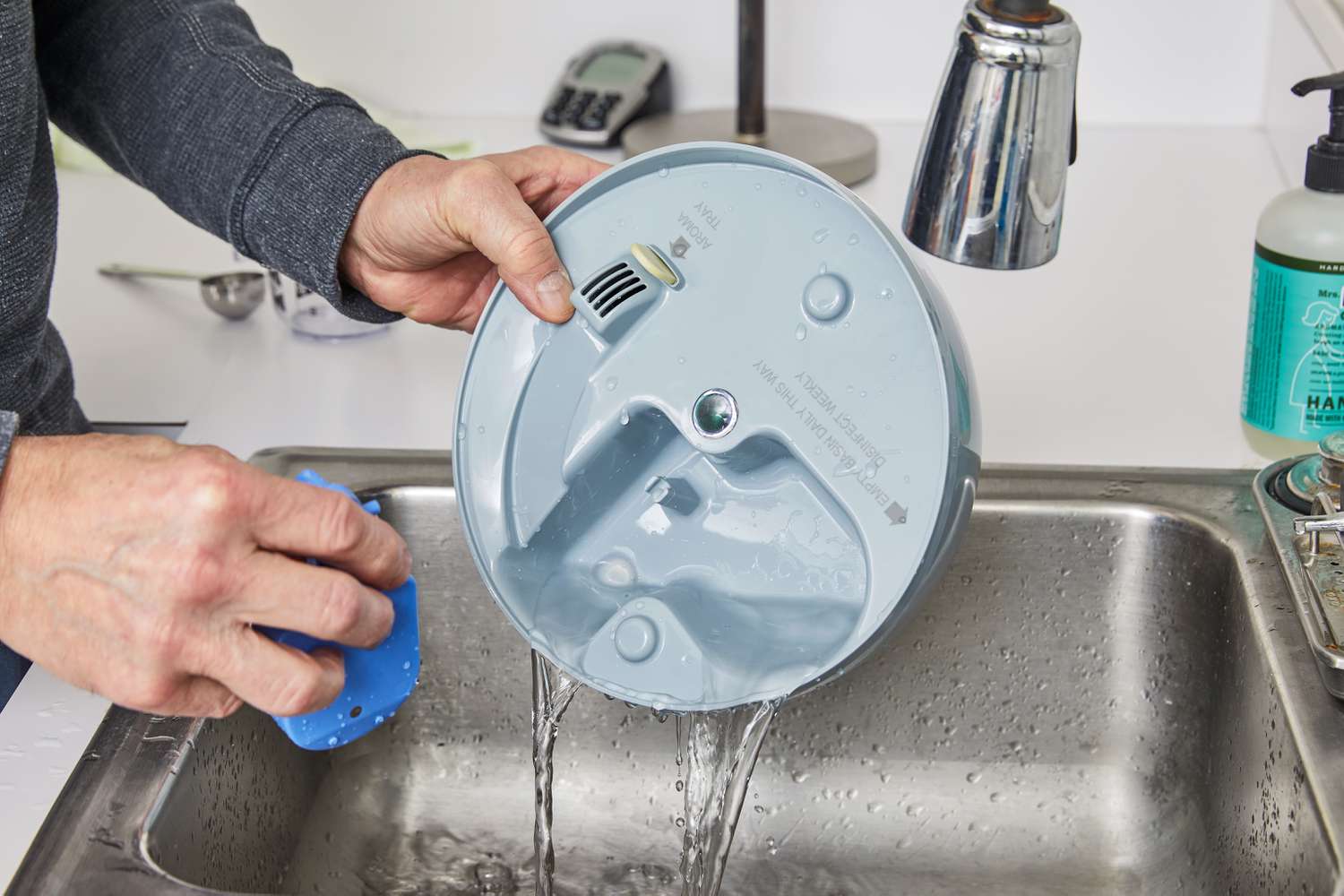



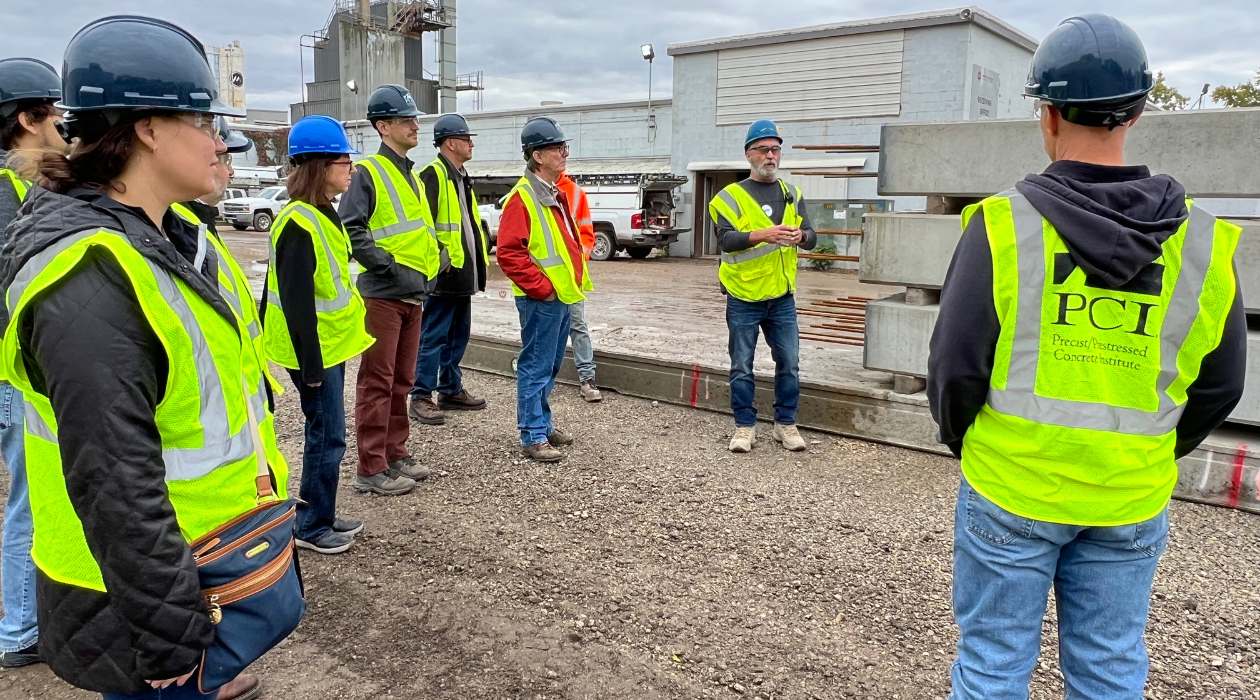
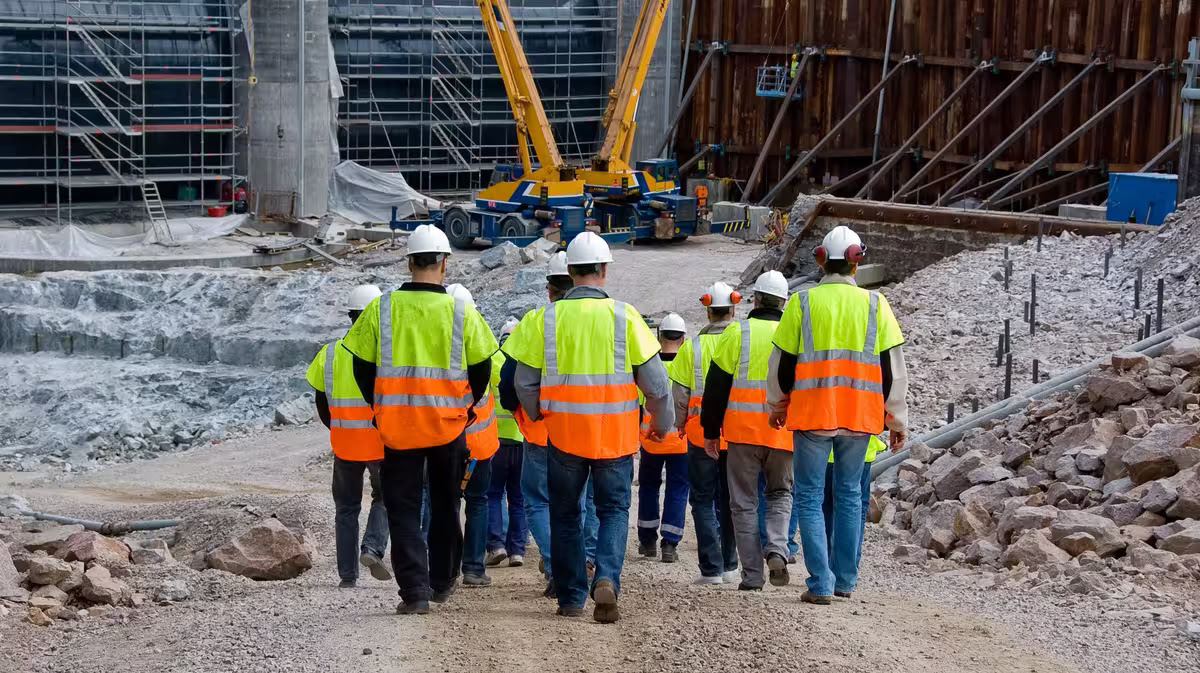


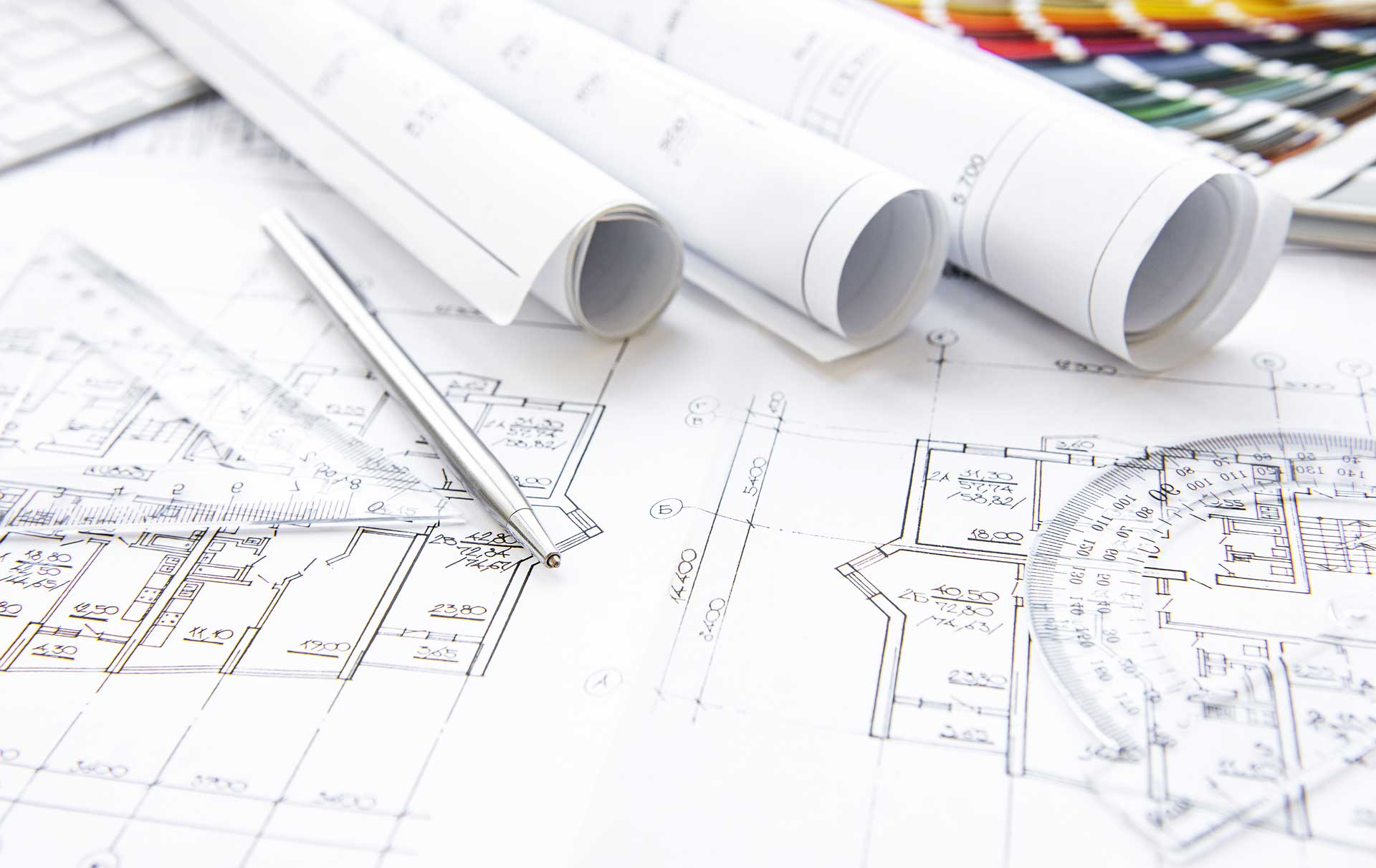
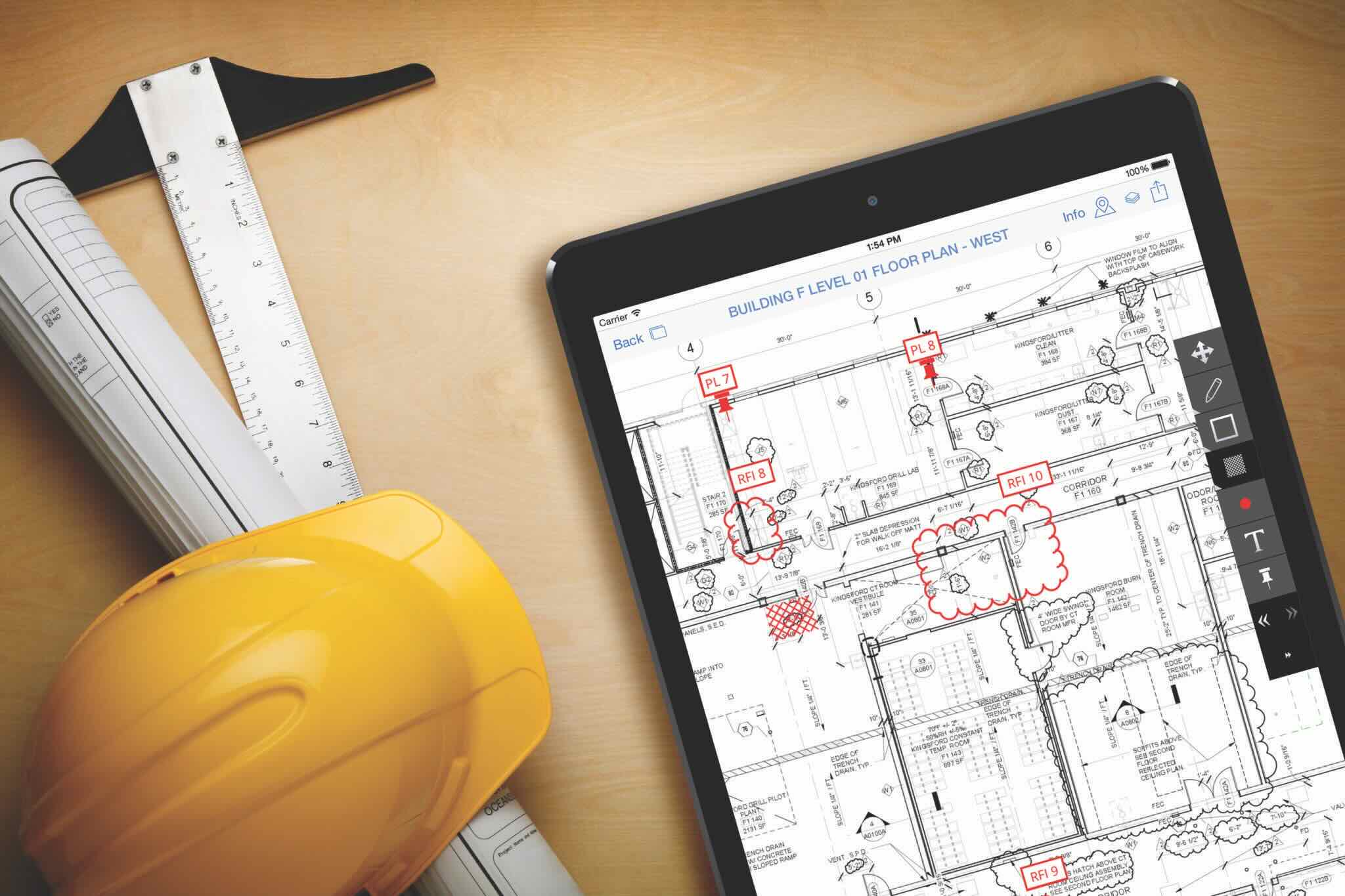

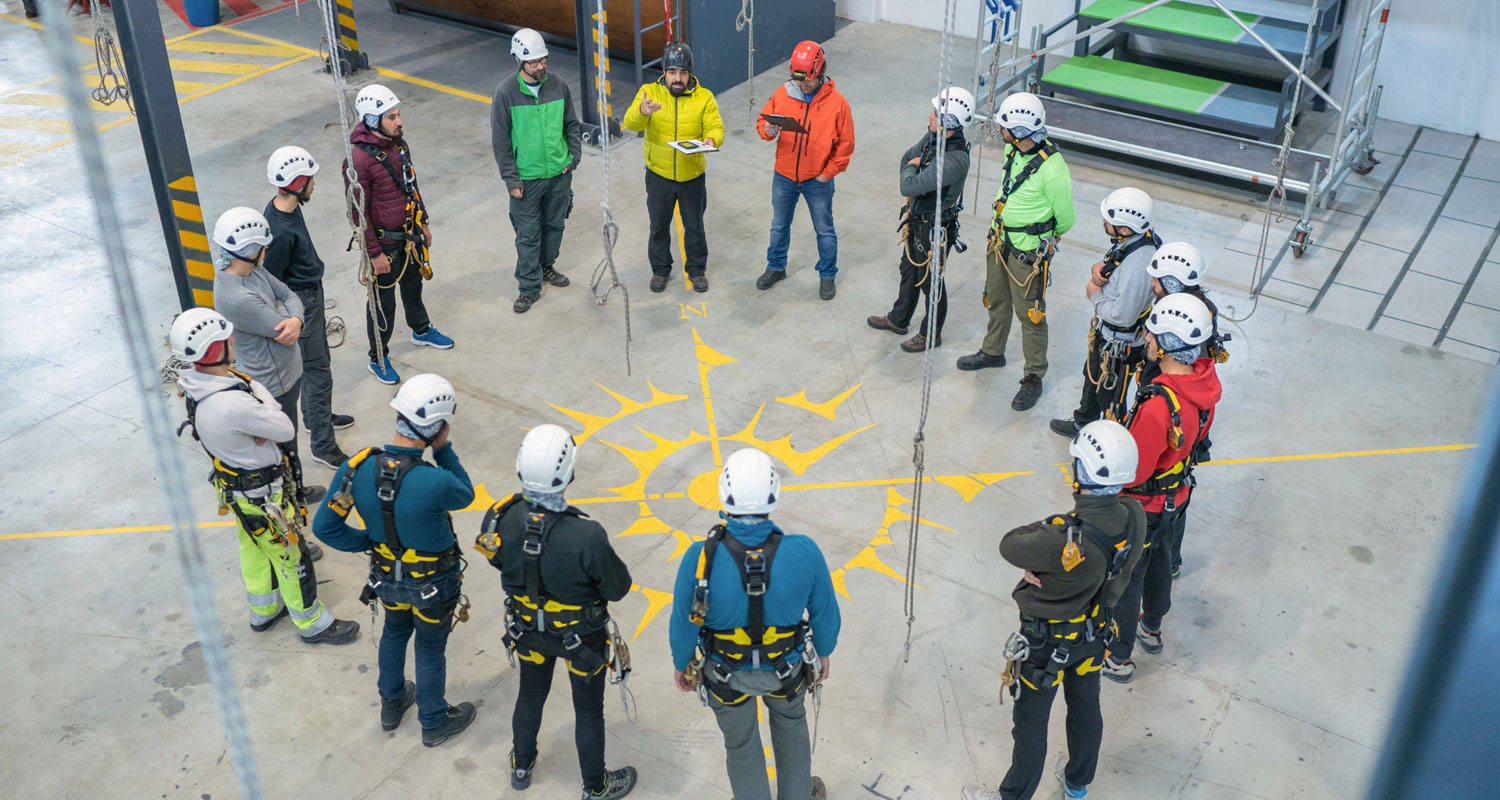

0 thoughts on “What Is A Crane In Construction”